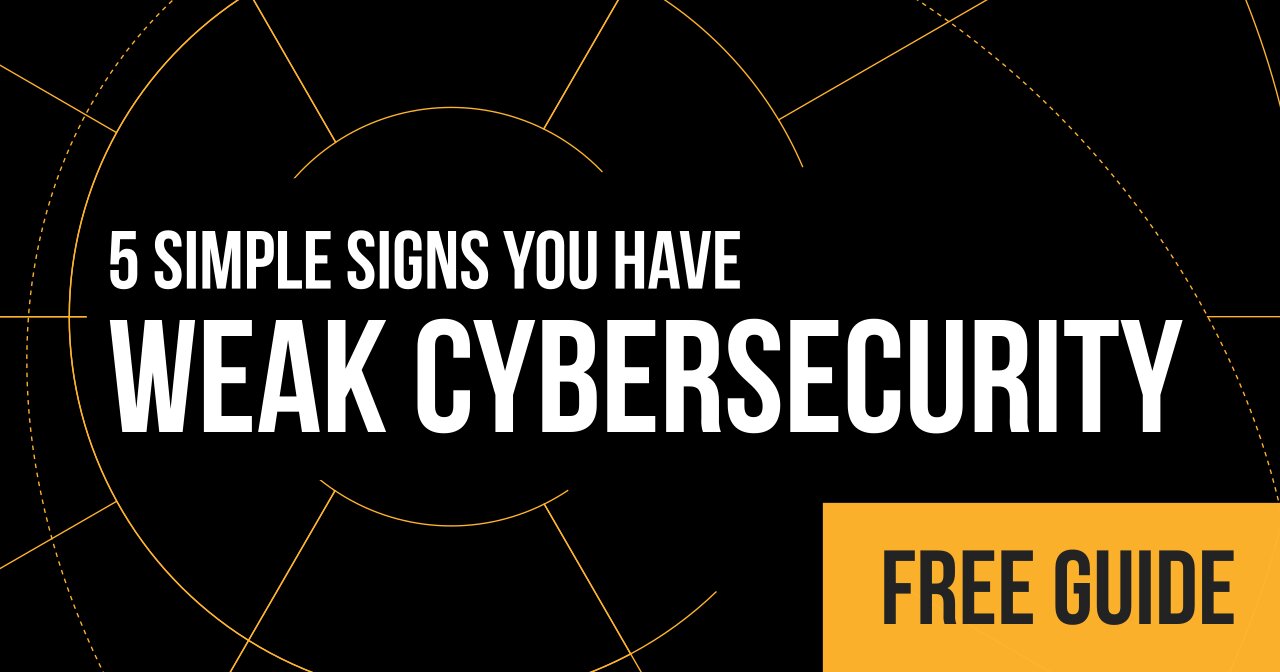
Have you ever given a spare house key to someone who didn’t live with you? Maybe it was a friend who visited often, a distant relative who occasionally came into town, or a pet sitter who needed access.
Spare keys can be helpful until one of them leads to trouble when someone with bad intentions uses them to get into your house, right through the front door despite layers of security.
The same is true for your business. You give vendors access to your network because it makes doing business easier, but if even one of your vendors has a cyber event, you're at risk as well.
So, if you think your business is safe because you’ve locked down your internal systems, think again. You could have the best firewalls, top-notch endpoint protection, and a rock-solid incident response plan, but one weak link in your vendor chain is all it takes to bring your business to its knees.
Cybercriminals are smart. Don’t underestimate them. They know that the quickest way to your data isn’t always through your front door. Instead, they’ll look for that spare key, and guess what? Your vendors, suppliers, and third-party partners might just be leaving it just lying on the table with easy access to the backdoor.
Supply Chain Attacks = Domino Effect
Remember the infamous Target breach back in 2013? Hackers didn’t go straight for Target’s systems. They started with an HVAC vendor. Once they got in through the vendor’s compromised credentials, it was game over.
Here’s the scary part: the same could happen to you. Every vendor with access to your systems or even your data represents a potential attack vector. And if they’re not taking security as seriously as you are, you’re at risk.
It’s like a row of dominoes. When one falls, the rest follow, and your business is smack in the middle of the chain reaction.
Your Reputation is on the Line
A cyber breach doesn’t just hit your bottom line—it crushes your reputation. When clients hear about a breach, they don’t care if it was your vendor’s fault. They’ll point the finger at you.
Trust me, I’ve seen businesses lose key clients because of a vendor’s mistake. It’s not fair, but it’s the reality. In today’s world, you’re not just accountable for your own security; you’re on the hook for your vendors’ security too.
Regulators and Cyber Insurance Won’t Save You
Think you’re covered because you have cyber insurance or you’re meeting regulatory requirements? Think again.
Regulators are cracking down on businesses that don’t adequately vet their vendors. If you suffer a breach through a third party, expect regulators to come knocking. They’ll want to know what due diligence you performed, what controls you put in place, and whether you held your vendors accountable.
As for cyber insurance, good luck. Insurers are getting stingier with payouts, especially if they find out your vendor was the weak link.
How to Manage Vendor Risk Like a Pro
Alright, now that I’ve scared you (hopefully just a little), let’s talk solutions. Here’s how you can turn vendor risk into a manageable part of your security strategy:
- Create a Vendor Risk Management Program
Step one is having a formal process in place. You need a Vendor Risk Management (VRM) program that evaluates and monitors the security posture of every third party you work with.
Start by classifying your vendors based on risk. Which ones have access to sensitive data or systems? Focus on those first.
- Demand Evidence of Security
It’s not enough for a vendor to say, “We take security seriously.” You need evidence. Ask for their security policies, proof of employee training, and results of recent audits or assessments.
Better yet, require third-party security audits. If a vendor can’t show you a clean report, it’s a red flag.
- Include Security in Contracts
Make security part of the deal. Your contracts should include specific security requirements, like regular audits, incident response protocols, and immediate breach notification.
This isn’t about being a hard-nosed negotiator; it’s about protecting your business.
- Monitor Continuously
Don’t just vet a vendor once and call it a day. Cyber threats evolve, and so do vulnerabilities. Implement continuous monitoring to keep tabs on your vendors’ security posture.
There are tools out there that can automate this process, providing real-time alerts if a vendor’s security slips.
- Have an Exit Plan
Finally, make sure you have a plan in place to quickly terminate relationships with vendors who don’t meet your security standards.
It’s a tough conversation to have, but your business is worth it.
Lead by Example
Here’s the thing: you can’t expect your vendors to prioritize security if you’re not doing the same. Set the tone by showing them you’re serious. Share your security requirements, explain why they matter, and encourage collaboration.
When you lead by example, vendors are more likely to step up their game—and that benefits everyone.
Final Thoughts: Keep Track of Your Spare Keys
In the world of cybersecurity, you’re only as strong as your weakest link. Your vendors have the spare key and if they aren’t secure, you aren’t secure.
Take vendor risk seriously. Put the right processes in place, demand evidence, and don’t be afraid to walk away from vendors who can’t meet your standards.
At the end of the day, it’s not just about protecting your business. It’s about protecting your reputation, your clients, and your bottom line.
And that’s a risk worth managing.



